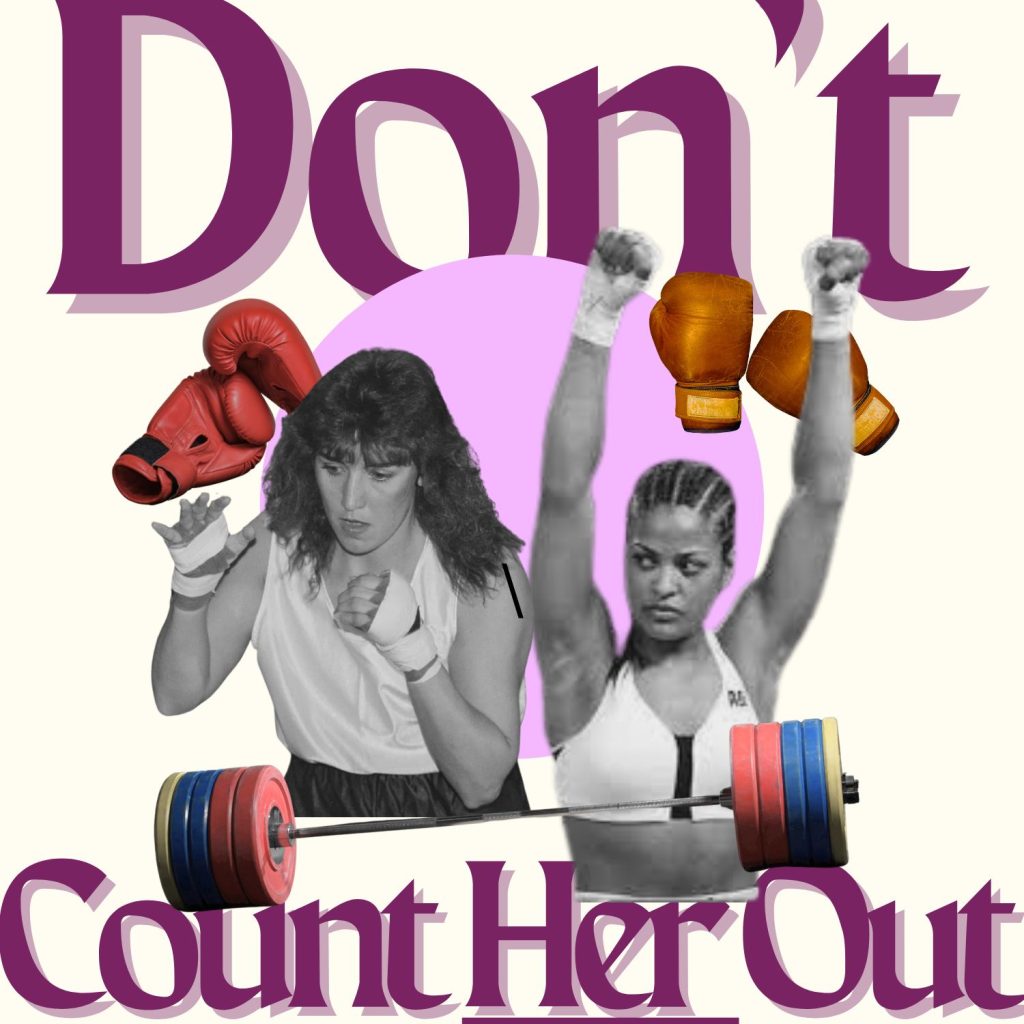By: Johann Caleb Li
Publication: Sofia Divinagracia
“You punch like a girl,” a common phrase used around the world, may it be in different languages, by separate genders, and from varying people, whenever someone was to hit or punch another with a lacing smack– the social stereotype of labeling females as physically inferior or less capable hitters just because of their gender is strengthened even more.
This glass stereotype that’s soon to be shattered is plain ignorance in the face of female MMA fighters, Olympic boxers and weightlifters, and professional powerlifters. Despite the historic skill that has already been shown by the pioneering women of boxing like Laila Ali or Christy Martin, they remain sidelined as the sport continues to worship the male legends such as Ali, Tyson, or Pacquiao. The disparity in media coverage and societal focus persist to this day, for example, asking ten random people online if they can name any three female boxers, a very likely 9 out of 10 would fail to do so without them conducting a quick Google search.
A throwback to 2012, when female boxing was finally introduced to the London Olympics, a total of 3 weight classes were given to their category whereas their male counterparts, who have had Olympic boxing since 1904, had the luxury of 10 different events. Not only this, since 2016, male boxers have long been permitted to compete and fight without headgear, leaving the boxers to decide whether or not to wear it; while on the other hand, the wearing of headgear in female boxing is still mandatory. This is primarily due to a study conducted by the International Olympic Committee (IOC) and International Boxing Association (IBA) for male boxers, wherein the results showed that the wearing of headgear during matches significantly increased the chances of attaining a concussion after play, yet again showing the double standards and sort of neglect that women fighters face on their journeys.
Changes to this issue must be made, these capable fighters do not need any more permission to be great– they already are, but more paychecks and coverage would finally grant them their much needed equality, as payment to the crowds they draw and the blood they shed. Many say that the wage gap is due to the revenue difference between the two categories, yet only 3-5% of media coverage is ever allotted to female boxing. Prime-time slots for these fights would help solve this, as more traction would be given to the female fighters and thus help them to earn
more.
Women’s rights in society have come a long way since, but the inequity remains prevalent, and it still has a long way to go. However, strength is not gendered, it is trained, honed, and shown.




